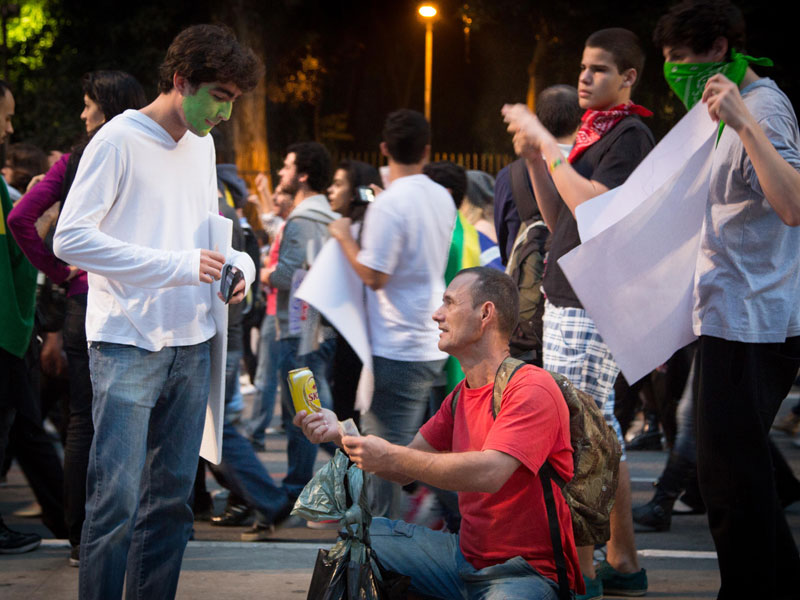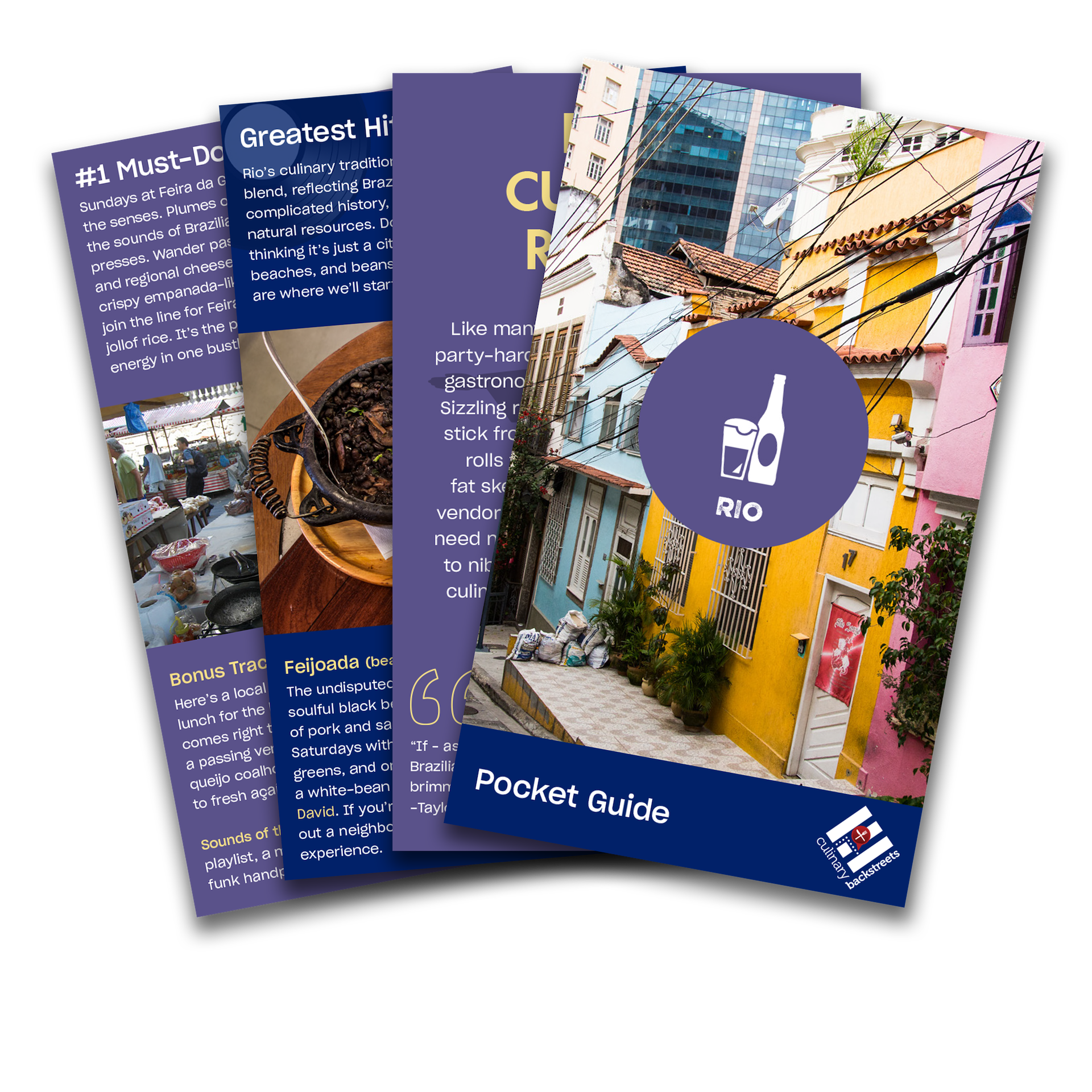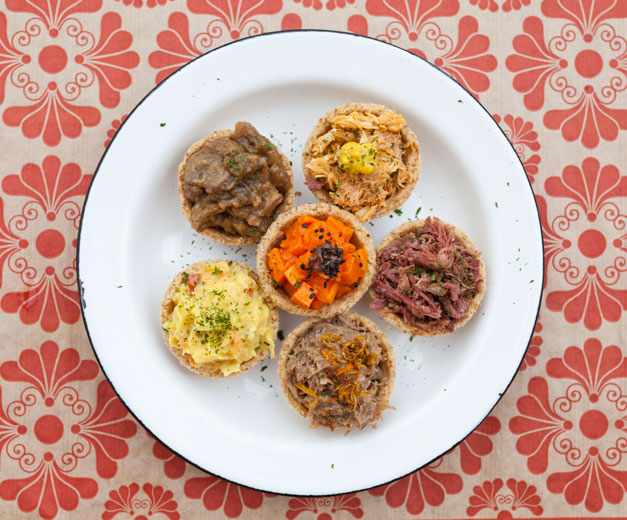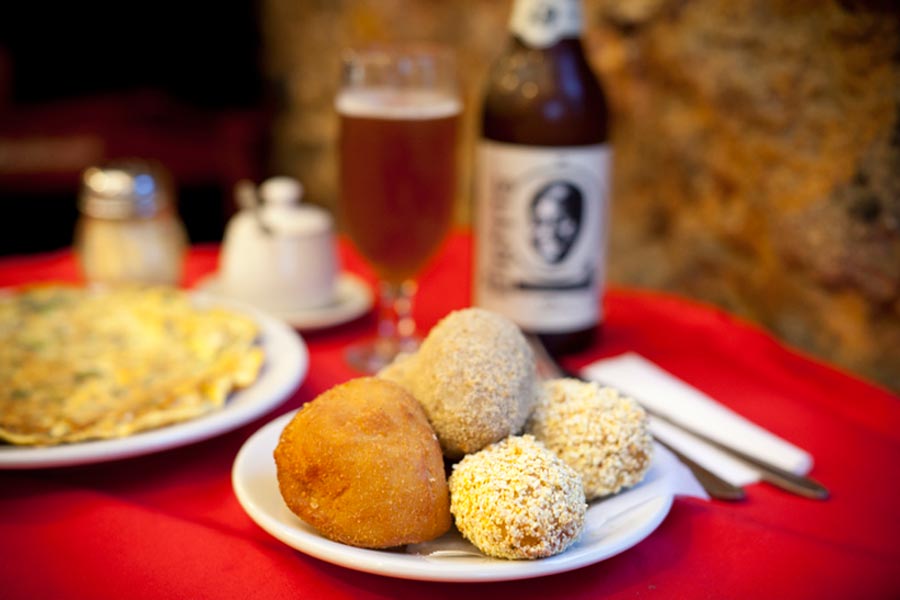We can't find the internet
Attempting to reconnect
Something went wrong!
Hang in there while we get back on track
The Protests in Rio: CB Reports
We can't find the internet
Attempting to reconnect
Something went wrong!
Hang in there while we get back on track

Related Stories
We can't find the internet
Attempting to reconnect
Something went wrong!
Hang in there while we get back on track
Book our Award-Winning Rio Food Tour

Get Your Free Rio Pocket Guide
Introducing our pocket-sized Rio guide — perfect for your next culinary adventure. Yours free when you sign up for our newsletter.







